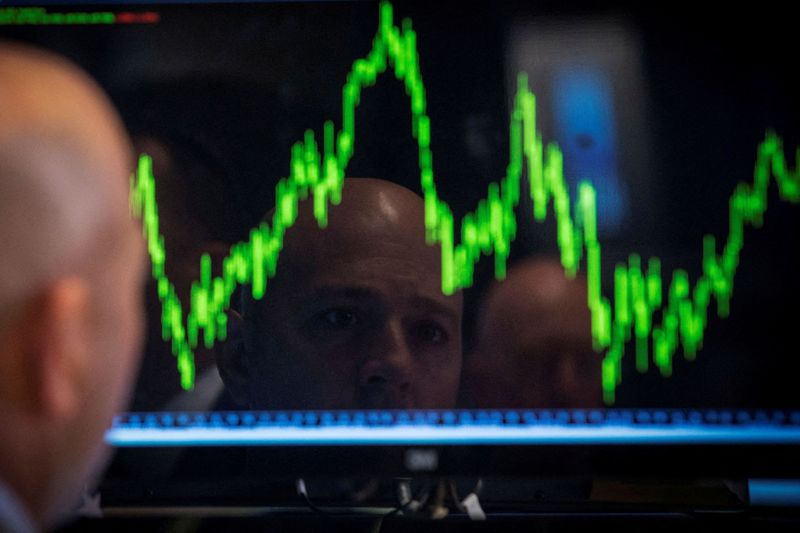Gold prices steady above $3,400/oz on rate cut bets; PCE data awaited
Investing.com -- Bank of America’s (BofA) Sell Side Indicator (SSI), a measure of Wall Street’s average recommended equity allocation in a balanced fund, decreased for the first time since April 2024.
The SSI fell from 57.0% to 56.7% in February amid persistent policy uncertainty and weaker-than-expected economic data. This decline in sentiment coincided with the S&P 500 closing the month approximately 3% below its mid-February peak.
Despite the recent downturn in sentiment, BofA said the SSI remains at a relatively high level, comparable to early 2022.
The bank’s strategists note that the indicator, currently positioned in "Neutral" territory, is more than four times closer to a contrarian "Sell" signal than to a "Buy," with a 1.3 percentage point (ppt) difference versus a 5.4 ppt difference, respectively.
“The SSI’s current level suggests that the 20%+ S&P 500 returns we’ve seen over the past two years are likely behind us, but still points to a relatively healthy price return of 11% over the next 12 months,” strategists Savita Subramanian and Victoria Roloff said in a Monday note.
The first drop in the SSI in nearly a year adds to the mixed signals seen in 2025, highlighting the disparities among various sentiment models.
The American Association of Individual Investors’ (AAII) Bull-Bear spread has reached its lowest since September 2022, conflicting with other sentiment indicators such as BofA’s Fund Manager Survey and the GWIM survey.
The bank’s bear market indicators have recently skewed negative, though they have not reached levels that typically suggest a market peak.
“Investors have generally been rewarded by a focus on scarcity, and we think that what is scarce today is certainty at a reasonable price,” the report continued.
In this environment, the strategists said they favor Large Cap Value stocks, noting that they are now on par with Large Cap Growth stocks in terms of quality.
